Clint jumped off his horse and fairly loped down to the creek, reaching down into the shallow and chill waters. He harvested his prize and lifted the dripping trophy overhead, his weather-worn and 60 something face happy with excitement. “Watercress!” he exclaimed. He returned to us, his 4 horseback companions, as he mounted up and immediately began to divvy up the proceeds.
We chewed the wildcrafted and wet forage contentedly like cows under windless and azure skies. This was yesterday, and we were high up in the Larkspur Springs country of Alderspring’s summer range. We were on a pre-grazing reconnaissance on horseback, covering a loop of around 20 miles, starting at the Salmon River, raging with floodstage in early snowmelt.
All five of us would be taking tours with the beeves in their remote and wild summer domain. Clint and his partner, Leslie, will be taking a new twist on life on the grassland: like the cows, they had an inherent interest in foraging, and eating off the land while they rode with the beeves. They hail from the desert Southwest and came up to work on our range riding crew this summer, and only few of our plants were ones they recognized.
“See that tiny and lovely flower, poking up out of the volcanic ash?” I pointed downward as my mare Ginger had just stepped over one. There was no green foliage accompanying the desert flower, and it was as if someone had dropped the delicate pink blossom on the ground while passing by. “Underneath is a bitter but starchy root. It’s Bitterroot. Shoshoni women would harvest those roots cook the bitterness out of them. It was a staple for Natives in many parts of the Intermountain West, and is what the Bitteroot Mountains of Montana and Idaho are named after.” Clint whipped out a trail-worn pocket notebook. He was taking notes.
“The Shoshoni had to pay attention to where they saw the flowers, because both flower and leaf that came later are spring ephemerals, meaning they disappear as soon as the sun starting getting hot in June. Then, they would go dormant until the following May.”
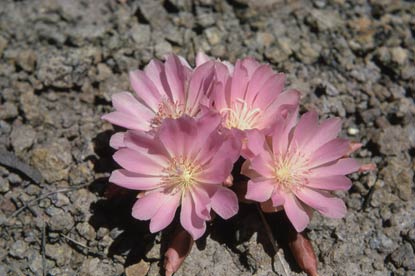
We rode on across a grassy landscape punctuated by the blue and yellows of spring wildflowers. They were just starting, and in another week, the hills would be covered with color. We traveled up canyon, following a trickle of water up the bottom. It ended in a spring we call Larkspur Springs.
“This one’s stinging nettle,” I told them, as I dismounted and walked through a pure hip-high stand of it. I crouched to check a bubbling spring underneath the lush foliage. “Don’t touch it. It’ll begin burning your skin immediately after contact.” Even as I told them, my elbow inadvertently stroked the hairy leaves through a hole in my long sleeved shirt, setting on fire a square inch of skin that I could feel for the rest of the ride.
“It’s a great potherb. You can boil the sting right out of it, and you’ll end up with a nice pot of tasty and boiled greens.” As we rode on, discussing the location of camps and watering places for the beeves, it became a sort of botanical odyssey. It seemed every half mile or so, we could talk about a new grass, and what it tasted like, and when it was the best time to eat it for the beeves. With about the same frequency, we would be brushing through a stand of wild currants or gooseberries.
There was one in particular that was my far and away favorite, having never had a native berry like that before. I asked Melanie if she could describe their intense flavor, because there were many times over the years that I saw her reaching from her saddle to strip currants off of the heavily laden branches as we rode by.
“It’s like”¦a Clementine orange.” She nailed it. Their burst of juicy flavor would revive the most sunburnt and rode-hard trail rider. There was nothing quite like them. In fact, they say smell and taste are the most memorable of senses. I think I can remember each Clementine-like bush I’ve partaken from over these 70 square miles, and just how to get to it, on horseback over now-faint Shoshoni trails.
We rode under a chokecherry tree. I warned Clint and Leslie to take care around them. The broken branches told the story: someone had been climbing up in them to strip some of the ripe fruit off and had fallen out of the tree several times when the branches snapped. It was bears. There has been many a chokecherry tree (actually, a large shrub) that had a bear stuck up in it as I came upon them. Each time, the bear happily beat feet away from me. But bears are jealous critters, and you never know when they just might stake claim over their fruity fare.
“Have you had jams or syrups made from choke?” Clint nodded. He knew how deeply satisfying the flavor was. I thought maybe he might have enough fondness for those cherries that he might stand up to the bear.
We rode through broad valleys and narrow canyons, gaining elevation along the way. I showed Clint and Leslie the grass species that changed according to the ecotype we were in that shifted according to elevation, aspect (the orientation of a hillside with regard to the sun), soil type and companion forb and brush species. They would need to know the species types well, as they would have to herd those beeves differently, dependent on the grass they were on. For instance, when the beeves were on bluebunch wheatgrass, they could move faster because of the spacing between plants and the biomass on each culm. In contrast, on higher elevation stands of Idaho fescue, beeves could move slower; the plants practically touch each other, and the fine leaves don’t fill as quickly as those found on bluebunch.
I pointed to a greasewood bush. “Do you know that bush, Clint?”
“Yep. It’s greasewood. Our cows back home eat quite a bit of it.”
“Ours do too. It has very tender new shoots in the spring, and they will really work it over. Have you ever eaten it?”
“It tastes salty,” said Clint.
“It sure does. And it packs quite a lot of other minerals in it as well. When our beeves pick at it, they don’t need much of our natural rock salt.” I then told them how we try to herd our beeves to where they can imbibe some greasewood, but not in pure stands. Many cow operators say greasewood and other plants like it are toxic, and stay off of it. But it’s been my observation that if you are not overgrazing any other species out there, they always have free choice, and will self-regulate to maximize their wellness. So I’ve never worried about it. Choice is the key. If we eliminate choice, we remove the animal’s ability to provide for their own wellness. Clint nodded in agreement.
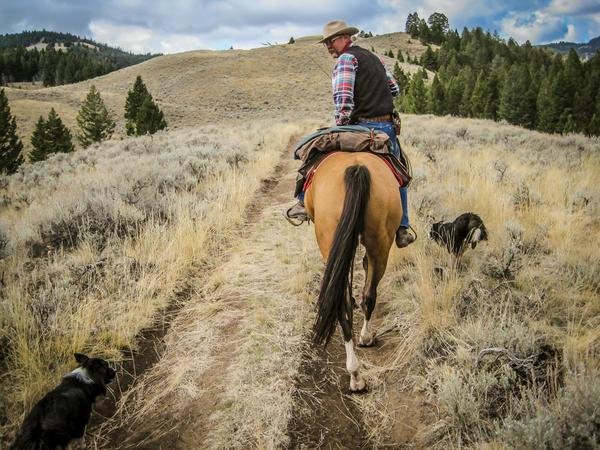
We rolled into the Ranch late last night, with tired horses and tired bodies. We all were pretty range soft at this point of the year, and needed some conditioning. I think my Ginger mare lost 15 pounds in sweat. But as I pulled my gear and groomed her off, I thought of all the lovely pleasantries of wild food we tried and anticipated eating up there. It is where flavor is found. The supermarket produce aisle pales in comparison with its often flavorless herbs and produce, grown on hydroponic and dead soils.
Then I thought of our beeves. They probably felt the same way. They happily graze here on the home ranch, but the range brings them to a brand new salad bar diversity of fare. It’s exciting to them, and us. Cows that we have brought up there in the past often would eagerly wait for days at the very farthest corner of our home ranch, nearly two miles away in anticipation of us coming on horseback, opening that gate, and walking with them up to their summer range, 10 miles away.
I lamented over all the calves that get loaded on semi- trucks in our valleys in the fall. There’s about 40,000 calves raised in our two county area every year, most of them on the same wild and pristine soils that our beeves are raised on. In the fall, they are transported from this perfect mineral-rich native plant landscape and unloaded in feedlots in the Midwest in mud or dust. Then, over the next 8-10 months, their incredible wellness is dumbed down by corn and concentrate ration and negated to the point that antibiotics are often used to keep them alive and maintain feed efficiency. Out of all those calves, only about 400 stay here to finish into nutrient dense beef. They are raised on Alderspring and live out their lives on the ranch.
It makes no sense to me.
Alderspring beeves have it good. I just wish I could tell them just how dang good they have it. It’s not like it would make any difference. They would still live on in their idyllic paradise, unknowing how the other half lives. Thanks for subsidizing their sweet existence.

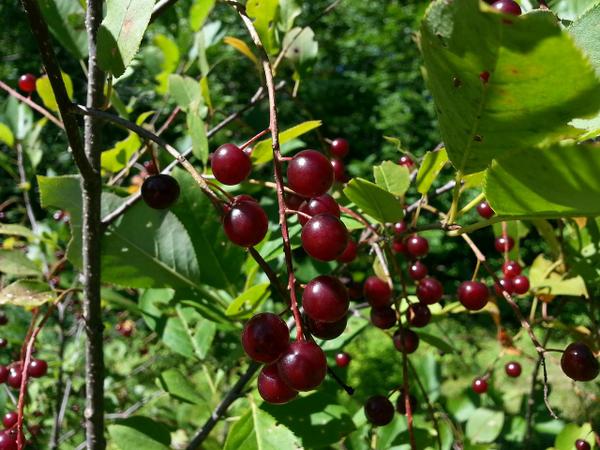
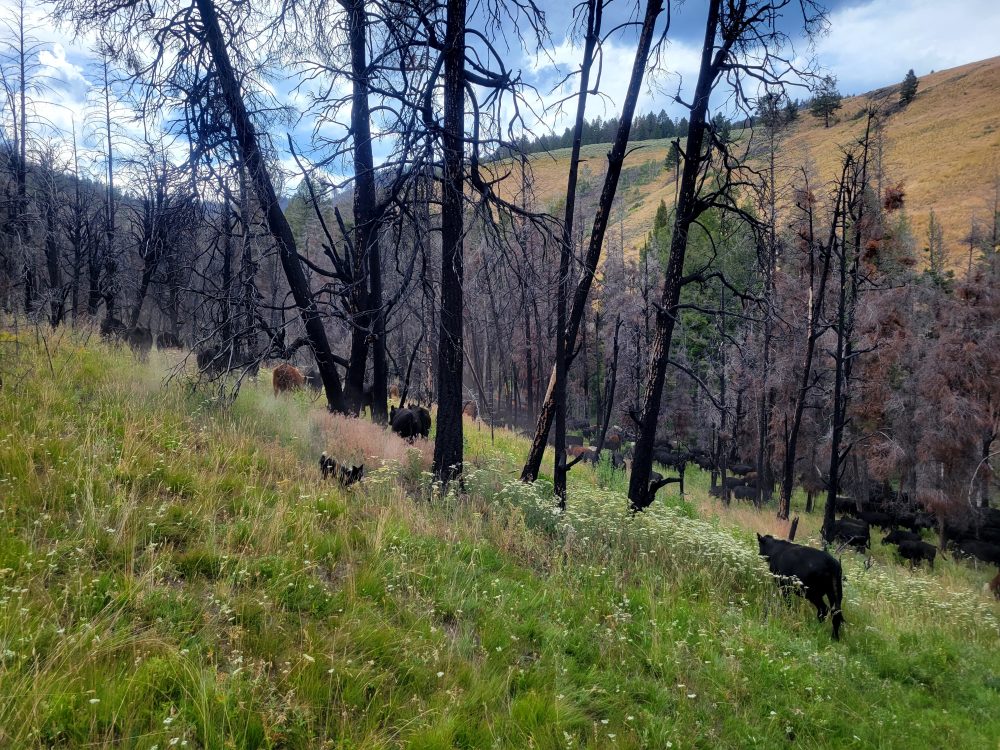



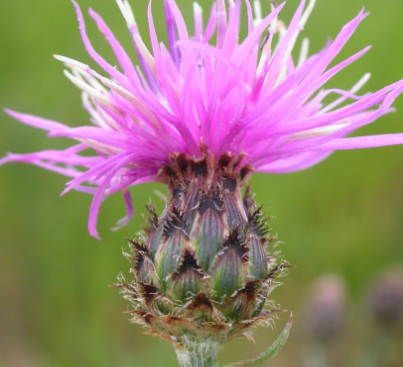
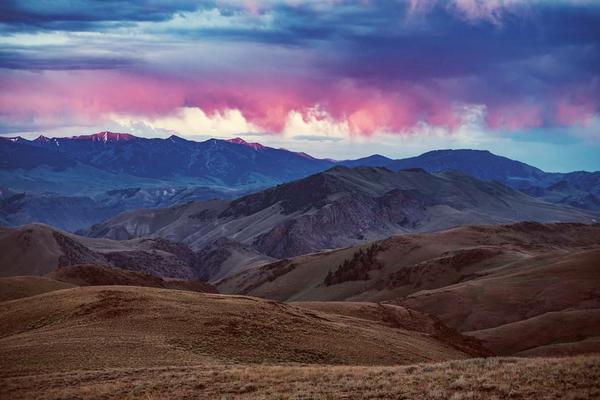
Leave a Reply